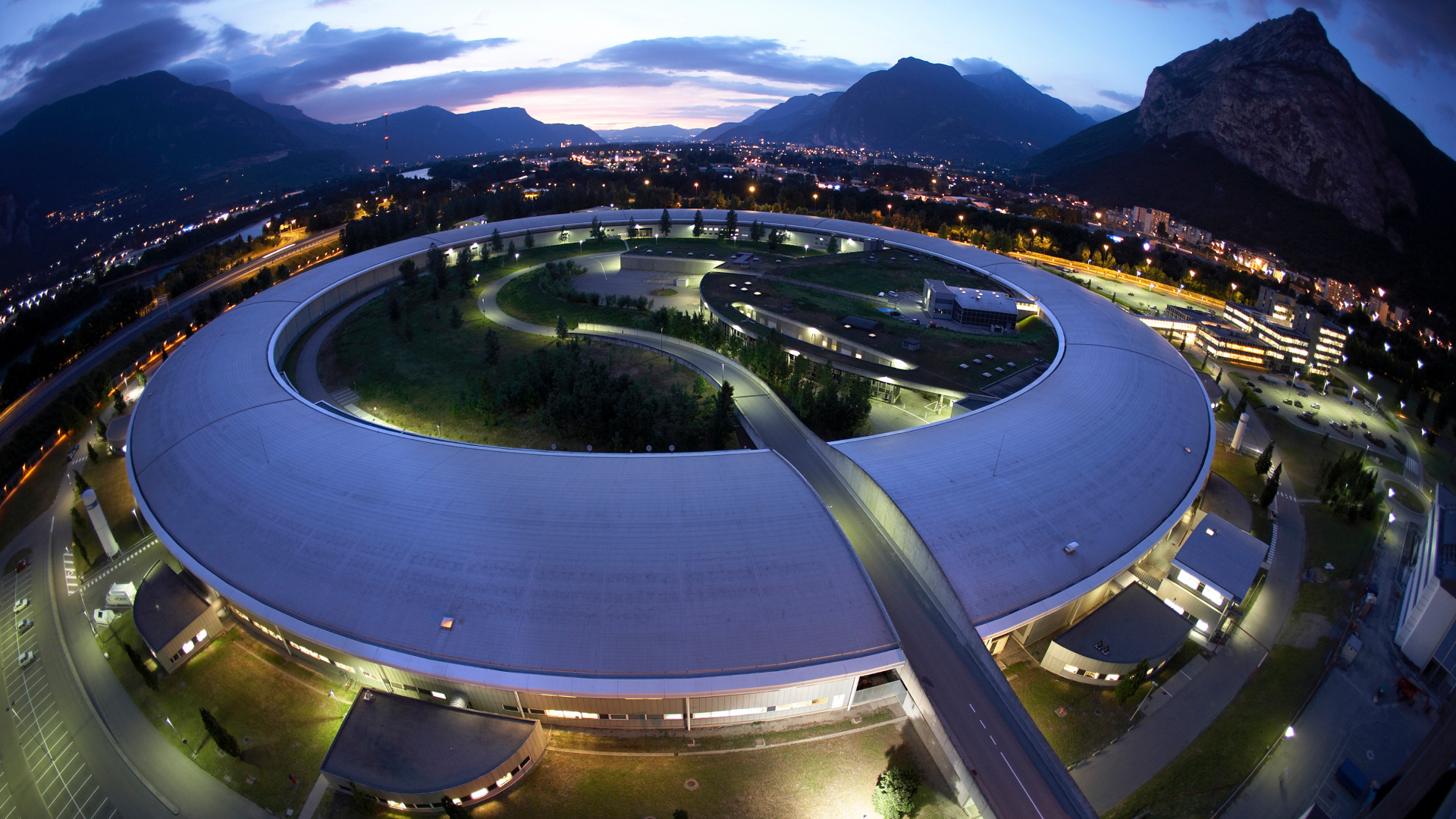
Sustainable magnets
PUMA supports the energy transition
- von Ulrike Bohnsack
- 05.10.2022
Powerful magnets can be used for effective cooling, heat and power generation. They make a decisive contribution to the energy transition. A consortium led by the UDE is therefore researching new magnetic materials that are efficient and environmentally compatible. Partners in the PUMA project are the Technical University of Darmstadt and the Helmholtz-Zentrum Dresden-Rossendorf (HZDR). The German Federal Ministry of Education and Research is funding PUMA with two million euros for four years starting in October.
Whether in robotics, data storage or energy conversion: magnets are already used in many areas. To manufacture them, metals and minerals are needed, mostly rare earths. In the PUMA* project, the scientists therefore want to develop highly efficient magnets. As far as possible, the magnets contain less or none of these strategic materials, which are not necessarily rare but subject of a monopolistic supply situation and therefore classified as critical.
"On the one hand, we are concentrating on permanent magnets. These have maximum efficiency and are used, for example, in motors for electromobility or in generators for wind turbines," explains project leader Prof. Dr. Heiko Wende from the UDE. His colleague from TU Darmstadt, Prof. Dr. Oliver Gutfleisch, adds: "Secondly, we are researching new materials that make use of the magnetocaloric effect. This means that various metals and alloys can change their temperature as soon as they are exposed to a magnetic field. We are particularly interested in using this phenomenon for solid-state-based cooling as a climate-friendly alternative to conventional gas compression cooling. Cooling will be one of the major challenges we face globally."
The two university project partners are already working together successfully, for example in the DFG Collaborative Research Center/Transregio 270, and the trio will now use the European experimental station ESRF in Grenoble for their investigations. ESRF is one of the world's most brilliant facilities for synchrotron radiation.
"In Grenoble, we plan to set up a new pulsed high-field system on a beamline," explains Prof. Dr. Joachim Wosnitza of HZDR. "This will generate magnetic fields with more than 50 tesla, which corresponds to one million times the Earth's magnetic field. This will allow us to precisely analyse the interactions that are essential for the functionality of magnetic materials."
With the new setup at ESFR, the UDE scientists are using their expertise in element-specific studies to study in detail the changes in magnetic properties of new materials made in Darmstadt under the extremely high magnetic field pulses. This understanding will allow the team to bring the magnets closer to their physical limit in their performance.
* PUlsed high MAgnetic fields for new functional magnetic materials.
Picture:
The European Synchrotron Radiation Facility (ESFR) in Grenoble.
Further information:
Prof. Dr. Heiko Wende, UDE/Experimental Physics, Tel. +49 203 37 9 2838, heiko.wende@uni-due.de
